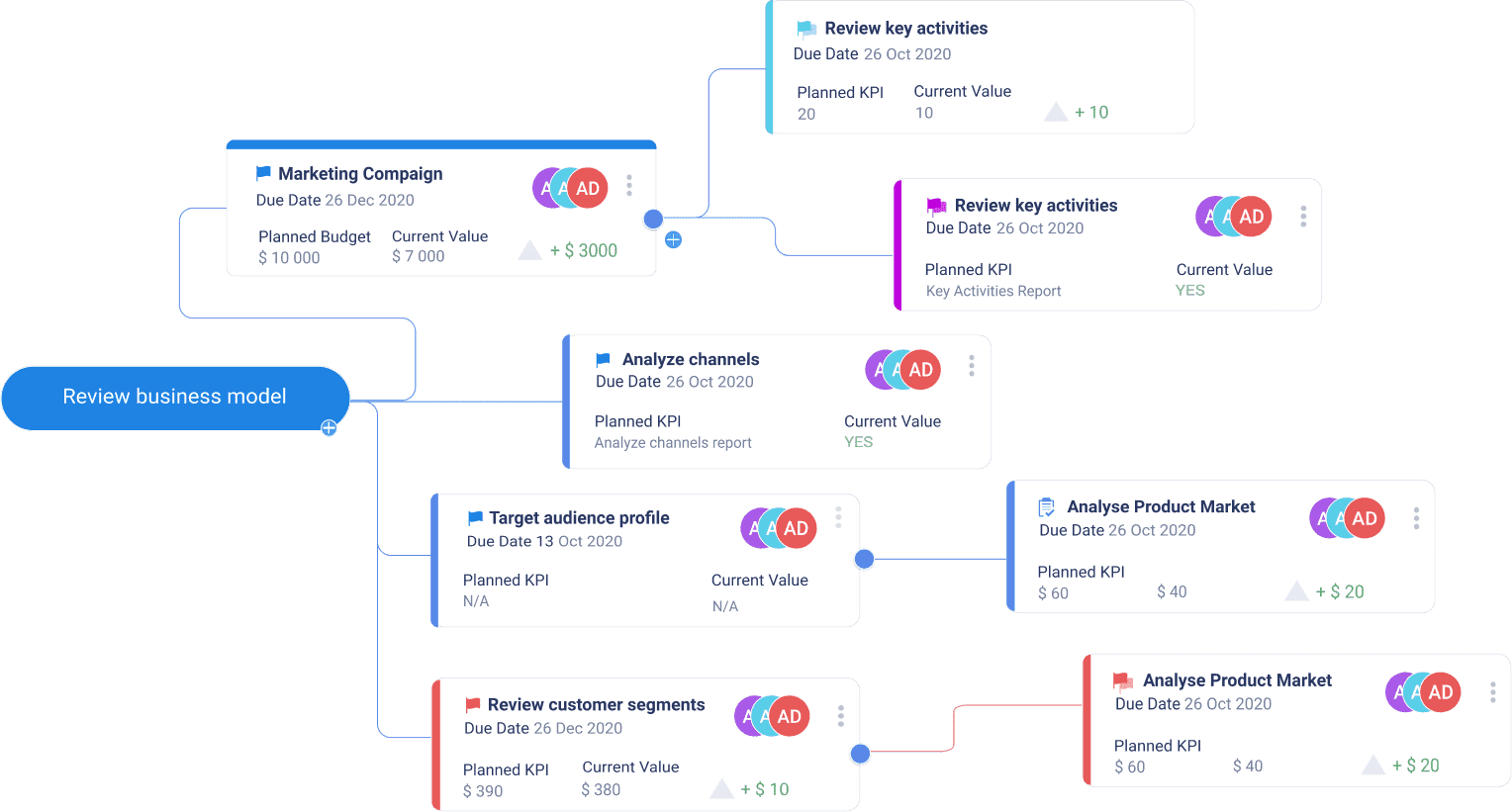What Is Product Management Audit?
A product management audit is a comprehensive review of a business’s strategy and its product management workflows. It is executed to check the company’s health and identify weaknesses in processes and areas that are missing. Each aspect of the product strategy and product management processes is weighed quantitatively to achieve objectivity and to enable progress tracking over time.
Such audit can be performed in-house by the company’s experts or it can be outsource for the sake of unbiasedness.
An audit can be performed by the company itself or it can also be outsourced providing unbiasedness to the process, availability of other businesses’ best practices for comparison and analysis, and a professional summary report and conclusion.

Product Management Audit Goals
The ultimate goal of an audit is to gain knowledge of how the business is performing in the market and identify possibilities for improvement in three major areas:
- Creating the product requirements
- Understanding the product market
- Adjustment to the market demands
Besides, a product management audit helps in other areas:
- It eliminates false assumptions about the market and substitutes it with objective qualitative measurements.
- It reveals discrepancies and disproportions in product management processes.
- It pinpoints irregularities in department operations that can be otherwise disregarded.
Product Management Audit Process
Both in-house and outsourced audits should engage not only the product management team, but also other parties and stakeholders because the results of the audit impact the work of many departments across the organization.
On the high level, the audit process is as follows:
- Kick-off meeting (agreement): A kick-off meeting brings all stakeholders together with auditors to define the audit objectives and agree on the authority and access that the auditors will require.
- Documentation and tools review: The auditors require all materials that relate to the product development and management. This is the forensic stage where the auditors assess what is in place, how it is used, and what is lacking.
- Interviews: Interviews are conducted with pivotal members of staff. These sessions are usually in a one-to-one format to encourage openness and honesty and to allow going in-depth on the critical topics. Besides, interviews can be complemented with written or online surveys asking the participants to rate the effectiveness of different parts of the product management process and various procedures.
- Compilation of the results: The auditors draw conclusions and compile a report that, depending on the audit goals and the agreement with the stakeholders, can be either an in-depth analysis or a high-level summary. As a rule, the report provides a scoring of every part of the product management process and the analysis of its weaknesses, vulnerabilities, and proposals on how to address them.
- Workshops: The audit can conclude with a workshop that presents the findings to all relevant stakeholders During such workshops, it is possible to assign specific tasks and actions to relevant staff members. After this, the auditors step away from the business and the real work on process improvement begins.
A product management audit is a useful tool to identify weaknesses and areas for improvement in an organization, but it can only be as valuable as the changes introduced after it.



